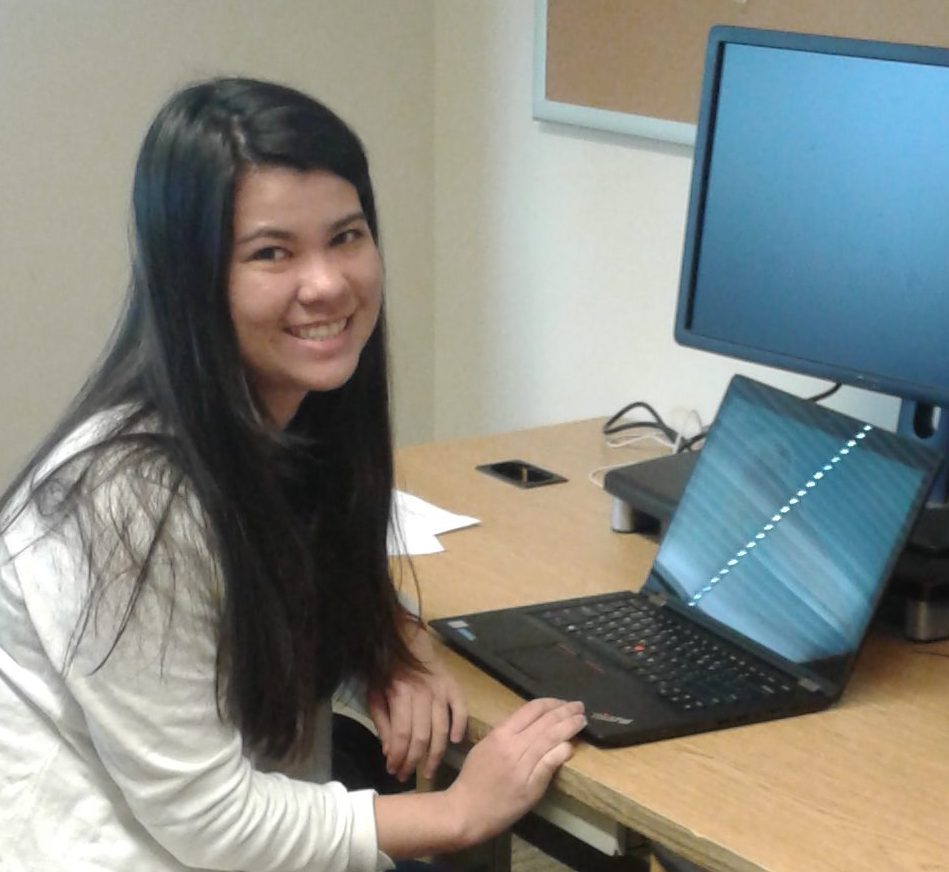
Akamai Internship 2017
Jennifer Chun was born and raised in Kailua, Oahu and graduated from Kalaheo High School in 2014. She is currently a junior at the University of Hawaii at Manoa majoring in Electrical Engineering with an emphasis on electro-physics. Her interests lie in renewable energy and she hopes to work in that field in the future. In her free time she likes to read and go on hikes.
Home Island: Oahu
High School: Kalaheo High School
Institute when accepted: University of Hawaii at Manoa
Project Title: Characterization of the Intermediate and Baseband Frequency Hardware of the Yuan Tseh Lee Array Telescope
Project Site: Academia Sinica Institute of Astronomy and Astrophysics
Mentors: Ranjan Srinivasan and Derek Kubo
The Yuan Tseh Lee Array (YTLA) is a radio interferometer that is currently being repurposed for a new cosmology experiment. Throughout the redesign, new intermediate frequency (IF 2-18 GHz) and baseband frequency (0-2 GHz) hardware has been successfully implemented on the telescope, but additional measurements are required to make the system functional. In order to have control over the signal power, the IF hardware contains a variable gain amplifier (VGA) and the baseband hardware contains a voltage varying attenuator (VVA), both of whose control voltage is set by a programmable logic controller (PLC). When setting the control voltage, the PLC must reference a table which relates different control voltages with the corresponding output signal power. The table will be used to keep the power at an optimal level to remain significantly below the 1 dB compression point of the active components. I created this table for the x and y polarizations of the 7 antennae on the YTLA and plotted the signal power as a function of control voltage. These graphs confirmed that the IF and baseband hardware operate in a linear range during observations. The operating range of the control voltage must be linear so small fluctuations in the voltage output by the PLC will not result in a large change in signal power. I also measured the signal to noise ratio (SNR) of the intermediate and baseband frequency hardware and compared it with the theoretical SNR, but there is a large discrepancy between these two values. The source of the discrepancy has not yet been identified so I will continue troubleshooting. While measuring the SNR, I verified that the frequency response of the system output was as anticipated and did not have any unexpected distortions. The completed characterization will be used to make the system operational by providing the necessary data points required to set the optimal signal power throughout the system in an automated fashion.